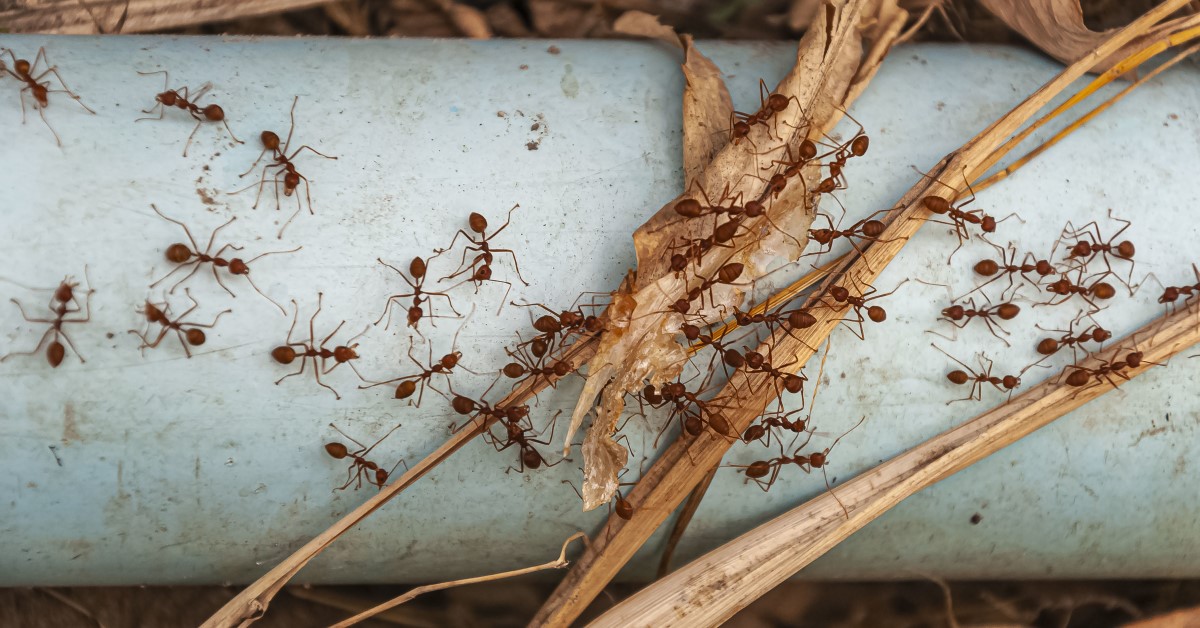5 Invasive Species Pet Owners Should Know About
These five species of animals can spell trouble for you, your pet, and your environment.

As an animal lover, you may feel predisposed to think well of all the fauna in your area, from the standard cats and dogs to birds, reptiles, and other wild creatures. Unfortunately, some of these creatures have been dropped into places where they don't belong -- and this relocation can spell serious trouble. Invasive species can spread disease, crowd out native species, and damage crops or other property. With that in mind, let's place the spotlight on five of the most common invasive species you'd do well to exclude from your everyday life.
What Is an Invasive Species?
What do we mean when we say "invasive species?" The term doesn't automatically apply to every plant or animal that originated in one place and then got relocated to another. After all, countless species of food crops and flowers have made their way into farms and fields around the world without creating problems, while many animal species from exotic lands coexist harmoniously with others in the U.S. No one would define these examples as invasive.
According to National Geographic, an invasive species must possess certain key traits that make it a burden on its surroundings instead of a boon. In addition to originating in a different environment, an invasive species must also breed rapidly, adapt to its adopted home with ease, and do significant damage. The damage in question may affect other animals (including humans), property, or the overall economy.
The Prime Offenders
Some of the following invasive species are especially problematic in certain parts of the U.S., while others may freely roam North America. In any case, here's what makes them invasive -- and why you should either avoid them or report them to animal control authorities.
1. Domestic Cats
Believe it or not, that kitty snoozing on your couch represents perhaps the single most common invasive species in the nation, as well as one of the most destructive. Felis catus was brought over from Europe to what would become the United States hundreds of years ago. But while many of these cats have graced households as beloved companions, their feral, free-ranging counterparts cause major issues for local environments and their inhabitants.
As natural predators, cats let loose in the wild can easily decimate local populations of birds, rodents, and other small animals, upsetting the ecological balance. They can also scratch or bite you, your own pets, or your human family members, spreading such deadly diseases as rabies.
2. Feral Swine
Feral swine, also known as wild boars or hogs, belong to the species Sus scrofa. These animals have been called the most destructive of all invasive species, and for good reason. Originally transported from Europe to America as a food source, feral swine have since done untold damage by damaging outdoor structures, rendering soil infertile, and eating crops meant to feed humans. They can also do serious damage to people and pets, not only through their aggressive attacks but also through the dozens of diseases and parasites they carry.
3. Red Imported Fire Ants
Insects can create enormous issues as invasive species. One common example is the red imported fire ant, or Solenopsis invecta. You've probably seen mounds of these non-native ants -- and if you're really unlucky, you've experienced the painful bites these creatures can inflict. Fire ants can hurt both people and pets while also destroying crops and wildlife. If you want to protect yourself, your pets, and your community, call pest control as soon as you see signs of these invaders.
4. Burmese Pythons
Some pet owners are fascinated by exotic animals such as snakes. If you're one of them, make sure you don't bring home a Burmese python by mistake. These animals entered the U.S. through a thriving black-market trade in illegal animals. Some were adopted as pets, while others got released into the Everglades. These animals can grow up to 20 feet long and eat all kinds of animals, from rodents (and house pets) to deer and alligators. If you see one anywhere in your area, report it to animal control immediately!
5. European Starlings
If you love birds, you may enjoy the sight of these winged friends using your outdoor feeders or birdbaths. However, you don't want to extend that welcome toward the European starling. These birds didn't reach American shores until the late 1800s, but they've since made up for lost time by ballooning their U.S population to an estimated 200 million. They damage the local environment by hijacking other birds' nests and stealing food from various other animal communities. The presence of these sleek, grayish-black, robin-sized birds should prompt you to confine your birdwatching to the feathered friends safely caged indoors.
Learn More From Your Veterinarian
Whether you want to protect your pets against invasive species or you need guidance as to which exotic animals make good pets, your veterinarian can provide useful answers. They can also help if one of your pets sustains an illness or injury from contact with an invasive species. Armed with the right knowledge, you can maintain a safe home space while also supporting the overall health of your environment.
Ready to start saving money on pet wellness care?
Then take a look at Mint Wellness, the pet wellness plan that provides fast reimbursement on routine pet care. Save on vaccinations, wellness exams, preventatives, dental, and more!
Learn More